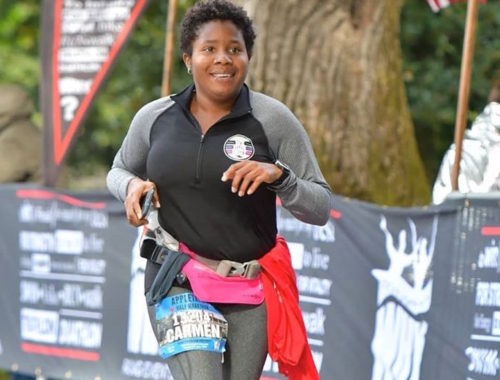Hiking is a wonderful way to combine physical exercise, fresh air, and a sense of adventure. However, as enjoyable as it can be, planning a hiking trip requires thoughtful preparation, especially when it comes to your health and safety. Whether you’re a seasoned trekker or a first-time hiker, this guide will help you plan a safe and enjoyable hiking experience.
1. Choose the Right Trail
The first step in planning a hiking trip is selecting a trail that matches your fitness level and experience. Many hiking trails are categorized by difficulty—easy, moderate, and challenging. For beginners, it’s advisable to start with an easy or moderate trail that won’t overwhelm you. Consider the terrain, elevation, and distance. Websites and apps like AllTrails provide helpful information, including maps, reviews, and photos from fellow hikers.
2. Gear Up for Safety and Comfort
Wearing the right gear can make or break your hiking experience. Start with comfortable, durable hiking shoes with good ankle support to reduce the risk of sprains or blisters. Clothing should be layered and breathable—opt for moisture-wicking materials to stay dry and regulate your body temperature. Always bring a rain jacket or windbreaker, even if the weather looks promising.
3. Pack Smart
A well-packed backpack is key to a successful hike. Here’s a checklist of must-have items:
- Water: Staying hydrated is crucial. Carry at least one liter for every two hours of hiking. Consider a water filtration system or iodine tablets if your hike is long and includes access to natural water sources.
- Food: Bring nutrient-dense snacks like nuts, energy bars, or dried fruits to maintain energy levels. If you’re hiking for more than a few hours, pack a light meal.
- First Aid Kit: This should include band-aids, antiseptic wipes, pain relievers, and blister treatment. If you don’t have a basic first aid kit, you can easily find one online by searching for ‘medical supply store near me’.
- Navigation Tools: A paper map, compass, or GPS device will help you stay on course. Don’t rely solely on your smartphone, as battery life can be limited, especially in remote areas.
- Sun Protection: Sunscreen and lip balm with SPF will prevent sunburn, while insect repellent will help fend off bites.
4. Know Your Limits and Pace Yourself
It’s important to be honest about your physical fitness and set realistic goals for your hike. Overexertion can lead to injury, fatigue, or dehydration. Break your hike into manageable chunks, and take frequent rest breaks. Pay attention to how your body feels, especially if you’re hiking in high altitudes where oxygen levels are lower.
5. Be Aware of Your Environment
Safety is paramount, and being aware of your surroundings can protect you from potential hazards. Follow marked trails to avoid getting lost. Keep an eye out for wildlife, but don’t approach animals. Learn to recognize poisonous plants like poison ivy, oak, or sumac, and avoid touching them.
There You Go
Hiking is an excellent way to boost your mental and physical health, but it’s important to plan carefully to stay safe and comfortable. Choosing the right trail, wearing appropriate gear, and packing essential supplies will make your trip more enjoyable. Remember to pace yourself, stay hydrated, and be aware of your surroundings to ensure a safe and memorable hiking experience.




